While it may seem counter-intuitive to spend money when costs are rising, there are benefits to putting your cash in the right areas of your business. Well-thought-out investments in areas such as technology can future-proof your business and save you money in the long-term through efficiencies.
We look at five pieces of kit that can save your business money in the long-run.
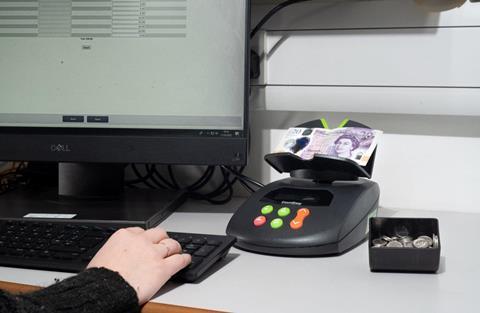
1. Cash handling solutions
Volumatic’s CCi - CounterCache intelligent cash handling solution is already used by retailers including the Co-op, Morrisons, Tesco, Tesco Express as well as symbol groups Spar, Londis, Nisa and One Stop, so any store owner considering it as an option is in good company.
According to Volumatic, CCi system streamlines the cash handling process in store with just one cash touchpoint from the customer to the bank, which can reduce cash processing costs by 75%, offering efficiencies in counting cash, safe cash storage and transportation, giving your staff more time to spend on customer service, as well as offering accounting efficiencies with full audit trails and automatic data transfers. One retailer stated they were saving 27 hours per store per week by using CCi.
With time removed from the cash process, staff, particularly store management, are free to do more productive, often customer-facing tasks.
While there is often a concern that more tech means less staff, Volumatic insists that staff welcome the introduction of technology such as CCi. “It makes their life easier and nearly every retailer using CCi has commented on how much safer colleagues feel. Technology such as CCi supports colleagues with their cash handling and reconciliation activities.”
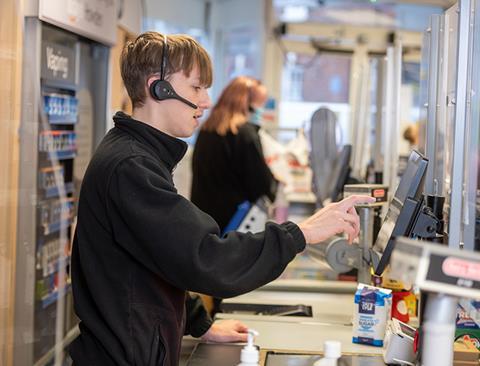
2. Digital headsets
Retailers very quickly caught on to the Quail Digital communications system as a way of saving time. With the capability for up to 30 users on a system, every member of staff can have one while working at the till, shop floor or in the stockroom. The Quail system allows for quick communication between team members if there’s a customer query, a problem or if the store owner needs to speak to a shop worker. Its advantage is that staff and management can solve the issue on the spot, saving them from having to be constantly moving from part of the store to the other.
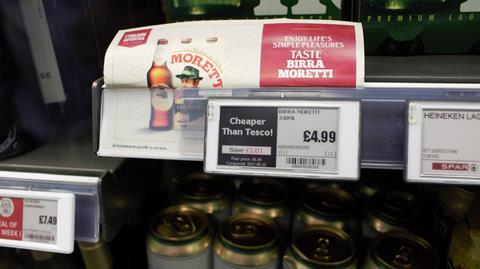
3. Electronic shelf edge labels
Electronic shelf edge labels have been threatening to hit the mainstream for over a decade but this time they seem to have stuck. The time and paper saved by this technology has been immense, with one retailer explaining that she could never take a Monday off because she had to be present to changeover tickets in the store whereas now prices can be changed with the push of a button and her staff can get on with other jobs. Improvements in the technology also mean that customer engagement has improved and deals can be highlighted to the shoppers.
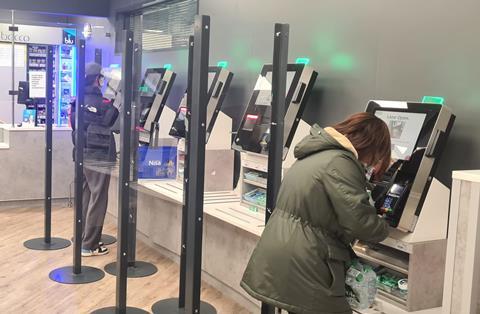
4. Self-service checkouts
Divisive to the channel, self-serve checkouts really came into their own during the pandemic as they reduced queues at manned tills and got people out of shops quicker. Questions have been raised about the service they provide and how it’s not in keeping with the convenience store community but then if shopper habits are changing and not everyone wants to stop and chat, isn’t that providing a service as well? The savings with this technology can be found by having more checkouts in use at the same time with fewer members of staff tied to them, allowing them to provide a better customer service on the shop floor.
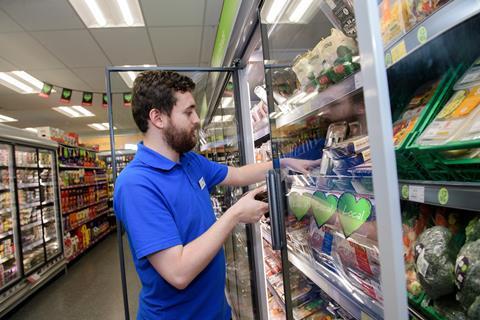
5. Refrigeration temperature monitoring
With energy costs rising, retailers have to be careful that they remain compliant with food legislation and resist the urge to turn down the dial too much. With refrigerator temperature monitoring technology, retailers can keep the right balance and reduce their spending on energy. With some monitors accessible through a smart phone, retailers are able to remain cool and compliant.


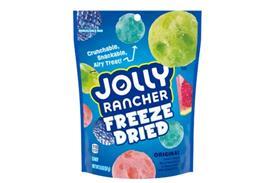







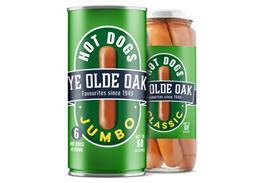
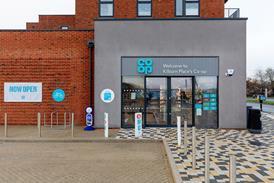









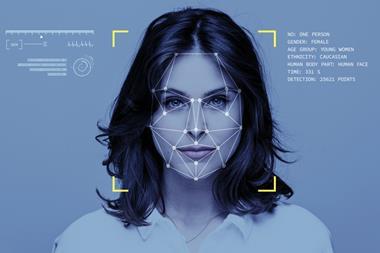


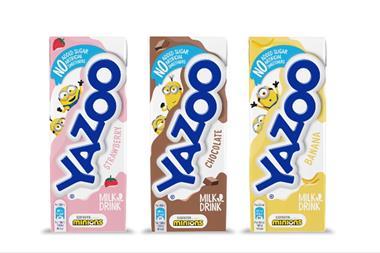


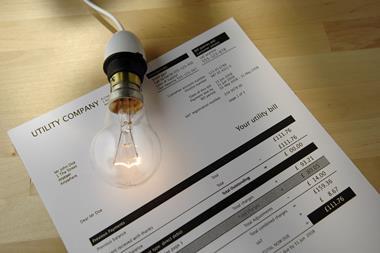

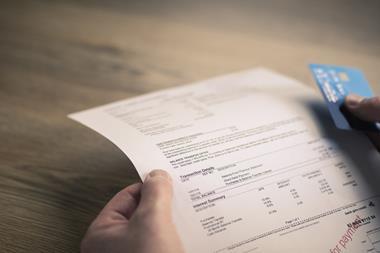


No comments yet